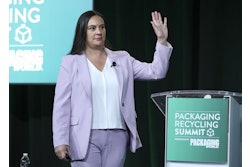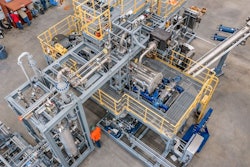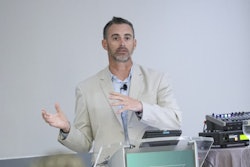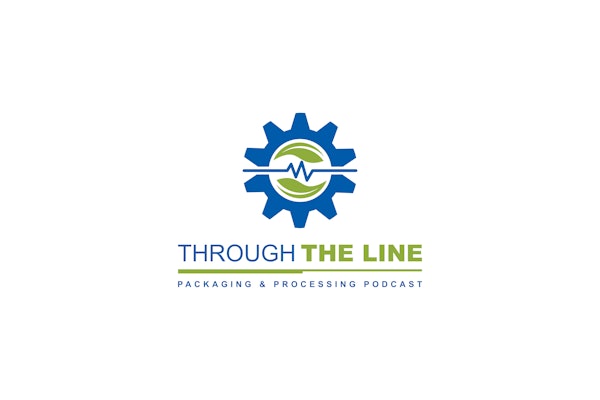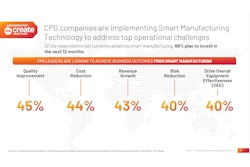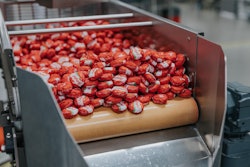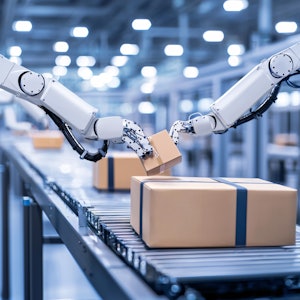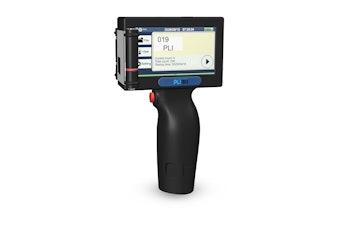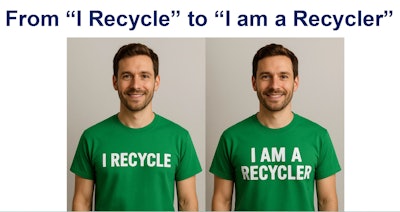
Getting a recyclable package into the right bin is where the loop either closes or breaks, and even the most thoughtfully designed package can fall short if it doesn’t make it there. That final step, consumer participation, is often where the system breaks down. And according to Shira Abel, a behavioral science marketer and lecturer, the solution might not be more education; it’s making recycling feel as natural and automatic as stopping at a red light.
At Packaging World’s 2025 Packaging Recycling Summit in Dallas, Abel walked attendees through what she calls the “Perception Formula,” a framework based on how people actually make decisions. Spoiler: logic and information aren’t usually the drivers. “Ninety-five percent of all decisions are made subconsciously,” she said. “We make a decision based on our emotions and then back it up with data.”
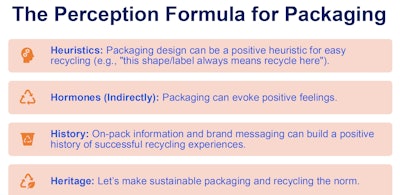 Abel’s Perception Formula is a framework based on how people actually make decisions.Shira Abel
Abel’s Perception Formula is a framework based on how people actually make decisions.Shira Abel
The formula is made up of four parts: heuristics (mental shortcuts), hormones (emotional drivers), history (past experience), and heritage (cultural and community identity). Abel used the example of stopping at a red light. No one thinks it through. They just do it. That’s system-one thinking. The goal, she said, is to make recycling feel just as reflexive.
But right now, it doesn’t. Nearly 87% of Americans say recycling is important, yet the national recycling rate is only 32%. “Forty-five percent don’t know what is and isn’t recyclable,” she said. “And 64% don’t know how [to recycle].” That disconnect comes down to systems that don’t support the behavior. Among them are signs that are unclear, inconsistent rules, and a lack of meaningful feedback.
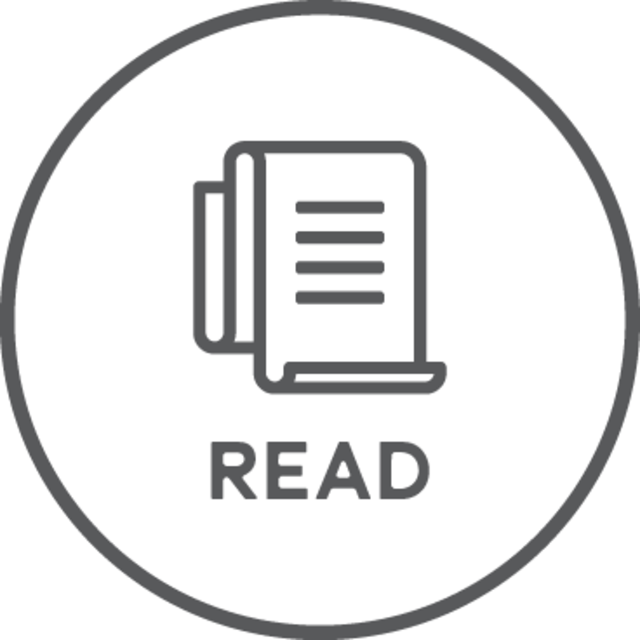 | Read this related article on consumer education around recycling in “H2R Launches Cal SB 343-compliant Store Drop-Off Label” |
“People won’t do anything at all if they don’t have to,” she explained. “And if there’s no reward system set up, we’re going to be status quo.” Abel pointed to research showing that when recycling includes either a tangible reward or a built-in consequence, participation goes up. Think container deposit programs or pay-as-you-throw trash systems.
But it doesn’t have to be as dramatic as a fine. Sometimes all it takes is a well-timed dose of dopamine. Abel described how something as small as a satisfying sound when returning a bottle can nudge people to do it again. “Dopamine is reward,” she said. “And when you’ve done something that makes you feel good, you get a little dose.”
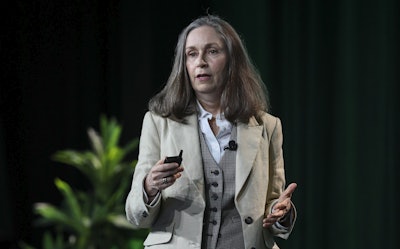 Shira Abel, CEO of Shira AbelPMMI Media Group
Shira Abel, CEO of Shira AbelPMMI Media Group
Brands and municipalities can also tap into social proof. Abel recalled getting a letter from her energy provider congratulating her household for being among the most energy-efficient in the neighborhood. It worked. “We are more likely to do things when we know our neighborhood is doing it as well,” she said. Recycling, she argued, can follow the same model. If people see and feel that their community is participating, they’ll be more likely to follow suit.
That’s where design intersects with identity. Abel drew a clear line between saying “I recycle” and saying, “I’m a recycler.” One is an action. The other is part of how someone sees themselves. “When it becomes your identity, you have to do it. You’re compelled,” she said.
That identity shift is what makes behavior stick. And for packaging and recycling systems to work together, the entire infrastructure—from messaging to collection—has to support it. “You can’t do it alone,” Abel said. “The entire system has to work.”
Getting there means more than just a better label. It means understanding what makes people tick and designing for how they actually behave, not how we wish they would. As Abel put it, “Perception isn’t passive. If you rewire it, you will rewire behavior.” PW


